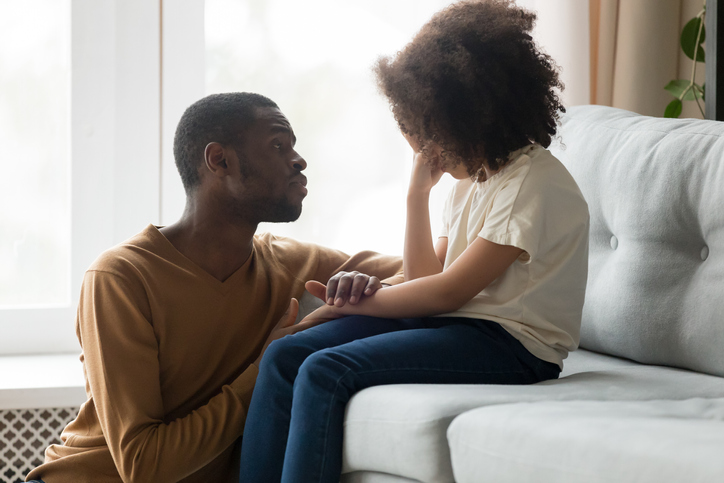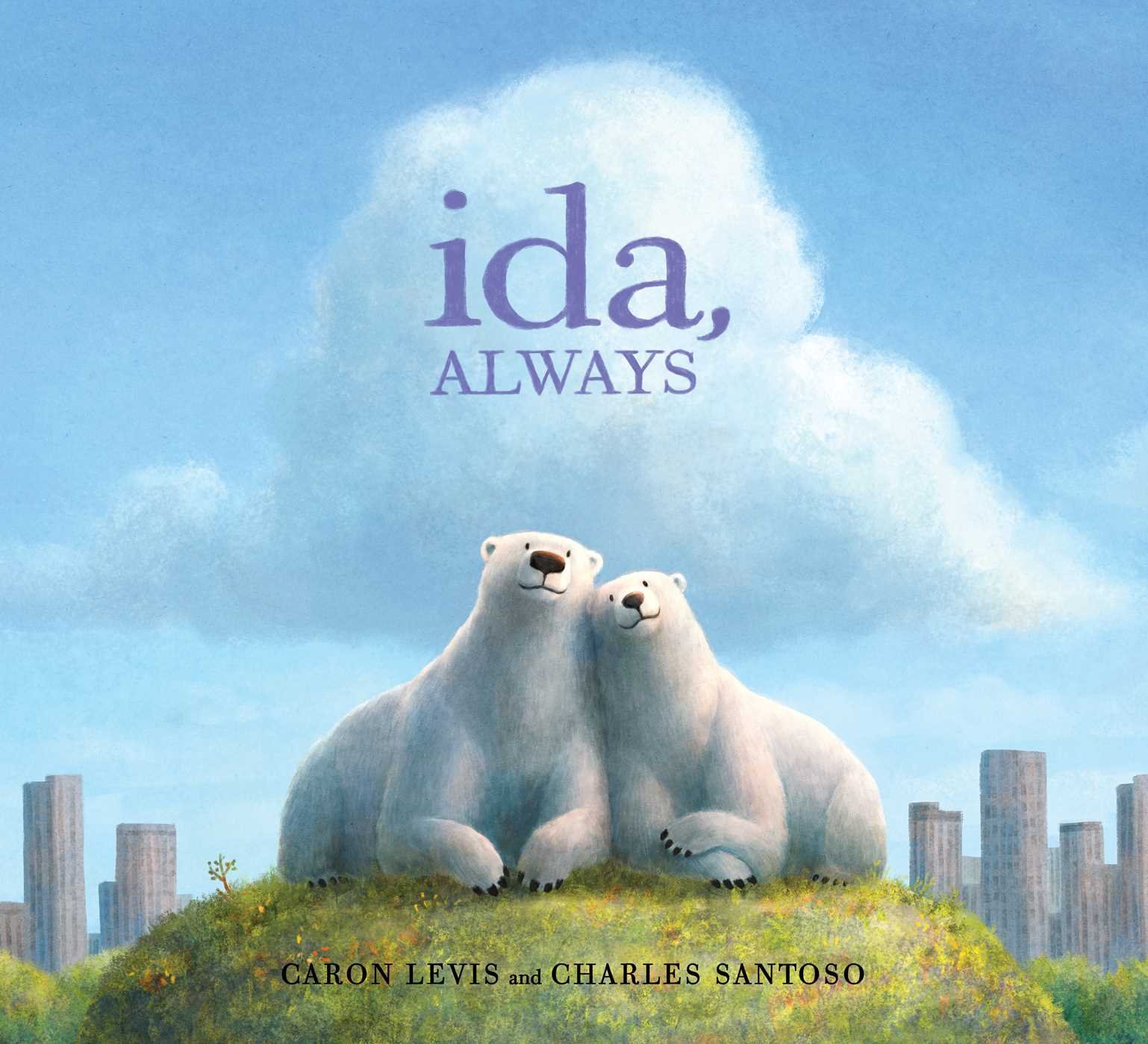Fight, Flight, or Freeze... and Allow
The intensity of painful feelings in grief can be experienced as a threat to our health and well-being and to our sense of balance and control. It’s often been said that we instinctively respond to threats in one of three ways: fight, flight, or freeze. Staying put and experiencing the threat, allowing the feelings in without pushback or avoidance, is not one of these options.
Fight or pushing back is a natural response to grief. Who wants to fully feel sadness, pain, anger, guilt, or longing? When we do fight or push back, we often try to change how we’re thinking. Our feelings follow our thoughts, so if we can change our thinking, we can impact our feelings. We might think, “This is the worst. I’ve lost everything. I’ve got nothing left to live for.” There’s another voice in our heads, however, which pushes back: “This is bad, but it could be worse. I’ve lost a lot, but not quite everything—there are some things left and still worth living for.” Nothing wrong with this kind of “fighting,” and we need it. But sometimes, perhaps a lot of times, it’s not enough.
Flight is also an important coping tool. Sometimes we need a break from grief’s heavy thoughts and feelings, a respite from the painful reality that we’re in. So we take our bodies and our minds to other places. At times we do this literally. We get up, leave the room, leave the house, and take a trip. We put real distance between us and the reminders of our loss. More of the time, we take breaks in our heads. We watch a TV show or movie, read a book, put the music on and the headphones in, talk about anything else. Who can stand to think about and feel grief 24/7, and how healthy is that anyway? Nothing wrong with this kind of “flight,” and we need it. But sometimes, perhaps a lot of times, it’s not enough.
How about freeze? Freeze makes me think of when we walk our dog in the evening. Much to the distress of our dog, there are rabbits in our neighborhood. As the rabbits become aware of our presence, they freeze. Hoping not to be noticed, it’s easy to imagine them thinking, “Keep on moving. Nothing to see here. I’m invisible.”
When grief comes our way, we can do the same. Maybe if we act like it’s not there, it will go away. Maybe if we ignore it, it will leave us alone. We’ll just pretend like nothing has changed, like the circumstances of our lives are untouched and frozen in time. This kind of “freezing” is understandable and can be useful. Nothing wrong with it in the short-term, and we often really need it. But (you can take it from here), sometimes, certainly a lot of times, it’s not enough.
So, taking inventory of our coping with grief toolbox, we see fight, flight, and freeze. What if we add “allow?” “Allow” breaks the easy alliteration of fight, flight, and freeze, and maybe that’s telling. Fight, flight, and freeze usually happen without much awareness or intention. They can be pretty automatic, even “autopilot.” Allow is different. Allow generally only happens with a conscious decision. When grief comes knocking at our door, we can instinctively tell it to get off our property (fight), slip out the back door (flight), or stay quiet inside and hope it goes away (freeze). It’s a different thing to open the door and invite it inside or join it on the porch swing (allow).
Why would we do this? Why would we even consider dropping the pushback, distraction, and avoidance strategies and allow ourselves to feel the pain and depths of grief? Because in the end, grief is not our enemy. It is a part of love, a part of us, and a part of the ones we have lost. Allowing grief, even for a little while, takes us closer to a place of wholeness. And it’s not like grief is going to just go away. Grief is not intimidated by our pushing back, not worn down by our slipping away, and not fooled by our disappearing act. It needs our attention and our company to keep it from becoming a ghost haunting our waking and sleeping hours. And we need that, too.
Allowing grief is hard, but it is doable. It often helps to start with short doses. Having support helps, too—from a compassionate friend or fellow traveler in the grief world, from the well of one’s spiritual resources (for those so inclined), and from lessons learned from past experiences with hard things. And breathing…breathing almost always helps. Like any skill, we get better the more we practice. After a while, it’s not so intimidating and we don’t feel as stalked by grief as we did before. Sometimes, the more we allow grief in, the more comfortable it feels, and we may start treating grief more like an old friend. “Oh, it’s you. Please have a seat, and let’s remember how it used to be, how it’s different now, and how we’ll never forget.”
Fight, flight, freeze, and allow. Each has its place in our response to loss and the grief that follows. We have most of our practice with the first three. Finding ways to practice the last one, allowing, will take us places where the first three just can’t go. And that, with time, can be a very good thing.

Greg Adams, LCSW, ACSW, FT
Program Coordinator
Center for Good Mourning
[email protected]







